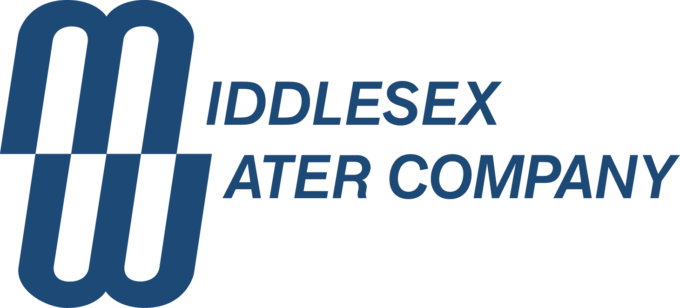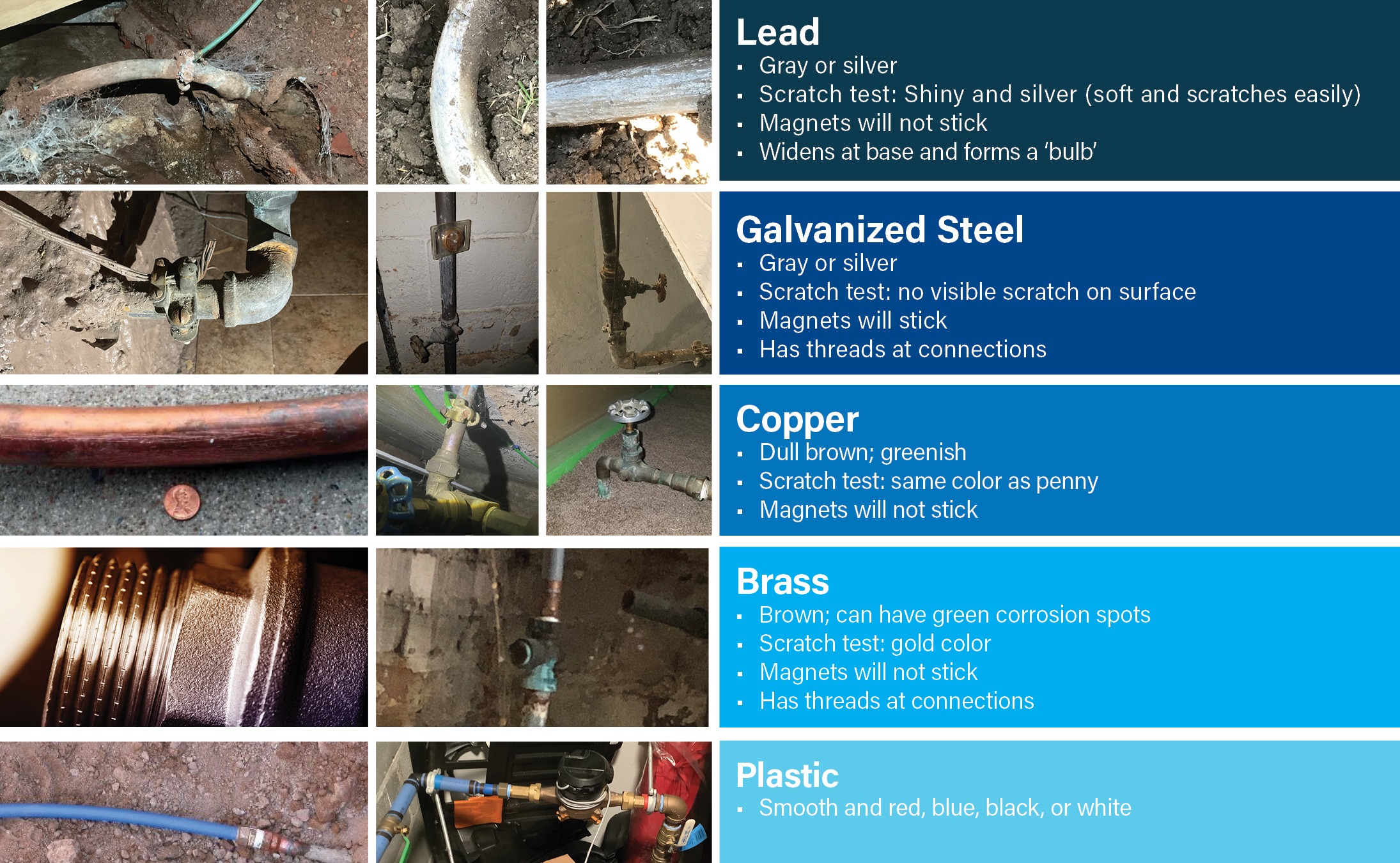Where’s the Fairness in “Fair Market Value?”
Artificially Inflated System Valuations Will Cost Ratepayers Even More
PEGGY GALLOS, DENNIS W. DOLL | JULY 23, 2021 | OPINION
As the co-authors of this article, we disagree concerning the costs and benefits of private versus public ownership and operation of water and wastewater utilities. The emergence, however, of the so-called “Fair Market Value” approach to determining the value of a public utility, and its detrimental impact in our view on both the ratemaking authority of the New Jersey Board of Public Utilities (NJBPU) and ultimately customers, is so concerning that despite our different views, we are aligned in our opposition to this approach, which in recent years has gained, and continues to gain, traction in New Jersey.
Some context – New Jersey’s Water Infrastructure Protection Act (WIPA) was enacted in 2015 and allows municipal water and wastewater utilities to enter into a long-term lease or outright sale of the utility assets to a capable owner and operator of a private (investor-owned), or public (government-owned) utility system. WIPA eliminated the requirement for a public referendum for the lease or sale of a municipal utility system if one of five “emergent conditions” is met, as certified by the New Jersey Department of Environmental Protection. WIPA is a version of so-called “Fair Market Value (FMV)” legislation. This legislation allows non-traditional methods for valuing utility systems which artificially inflates the value of these systems to the detriment of customers. FMV legislation has been enacted in some form in recent years in numerous states around the country and it merits closer review from the lens of the customer.
As FMV legislation has emerged in more states, it has received increased scrutiny from legislators, consumer advocates and others as the true financial impact of these transactions on utility customers is becoming more widely understood. WIPA, in particular, comes with serious consequences for utility regulators and for utility customers themselves. The law limits regulators’ ability to set traditionally just and reasonable rates and that, in turn, means potentially higher costs for the utility customers themselves.
Public entities sell their utilities for a variety of reasons. Some have to do with the utility itself, and they are all pretty standard. Selling is seen as a way to address 1) a need for significant investment in aging utility infrastructure, 2) compliance with current and anticipated water quality laws and regulations and other operational needs, 3) an aging workforce and the need for qualified employees and/or 4) mounting costly regulatory violations. Elected leaders may be unwilling to commit to managing and funding their utility because they lack the political “courage” to take the necessary steps to fund these challenges or because they simply don’t know they can pursue other approaches. Well-managed, well-funded utilities can also be sold because elected leaders who control them want to use the infusions of cash that come with these transactions to address other, more visible non-utility needs such as roads, municipal facilities, or pension funding. They may wish to eliminate municipal debt. Monetizing the utility assets may be an attractive solution to avoid dramatic increases in the near term in user fees or property taxes, which may be politically unpalatable.
So where does FMV come into the picture? Take the case of an acquisition of a publicly-owned system by a private entity. The NJBPU regulates and approves the rates charged to customers of privately-owned utilities under a “regulatory compact” which balances the needs of both the customers and the privately-owned utility. This compact is considered necessary because utilities are “natural monopolies” and don’t operate in a competitive market. Under this NJBPU-enforced regulatory compact, private entities generally cannot recover the excess cost of acquiring a public system – the “acquisition premium” — in their customers’ rates, except in narrow circumstances. This premium is typically an amount paid over and above the Original Cost of the assets Less Depreciation (OCLD). The ultimate “market value” of an acquired system is therefore traditionally based exclusively on the level of revenues the NJBPU, in its discretion, awards below, at or above OCLD. It’s a pretty simple concept.
WIPA turns this dynamic completely on its head. It relies on an appraisal of the assets using methods such as the Income Method, the Market Method and Discounted Cash Flow (DCF). These methods are commonly used for valuing businesses other than investor-owned or publicly-owned utilities which operate in competitive markets. Unlike the OCLD method used for traditional utility valuation, these methods can result in a valuation far higher than what would be derived using the traditional OCLD method. In effect, WIPA threatens to curtail the NJBPU’s regulatory authority by requiring it to award revenues to the acquiring utility based on this higher, artificially-inflated appraised value, as compared to the traditional OCLD approach.
The result is clear. Both the buyer and the seller have a vested financial interest in the purchase/sale price being the highest amount possible, in direct contrast to a traditional negotiation between a buyer and a seller. Under FMV legislation such as WIPA, the utility regulator now has far less discretion in determining the amount of revenue to award the acquirer. The regulator must rely on the appraisals in determining the acquirer’s utility rate base and consequently, its revenue award which gets passed on to customers in the form of artificially-inflated user fees.
Proponents of the FMV approach claim this is largely about consolidating a fragmented water utility industry for the benefit of customers. Although on its face this sounds like a noble goal, the fact that the acquiring utility is potentially able to close more transactions with more willing sellers, and obtain higher returns for its owners than might be possible absent FMV legislation, is a reality not readily disclosed to the public at-large. Another detail also not readily apparent is the question of who will ultimately pay for the artificially-inflated purchase price in addition to the often sorely-needed additional investments in the acquired utility’s infrastructure. The answer is: it could be the broader customer base of the acquiring private utility, the customers of the acquired municipal utility or both.
The bottom line is that the FMV model generally only works financially for the private acquirer and the acquired municipal utility if the inflated purchase price and the additional infrastructure investments can be spread across the acquiring utility’s broader existing customer base, as opposed to putting those costs solely on the rates of the customers of the acquired utility. But where is the equity there? While we the co-authors disagree on the issues surrounding private versus public ownership and operation of water and wastewater utilities, we do agree that saddling an acquiring utility’s existing customer base, or an acquired municipal utility’s smaller customer base, with these additional inflated costs is simply and egregiously unfair. As FMV starts to gain more traction in New Jersey, this potentially growing problem deserves increased scrutiny.
Peggy Gallos, Executive Director, Association of Environmental Authorities
Dennis W. Doll, President & CEO, Middlesex Water Company


